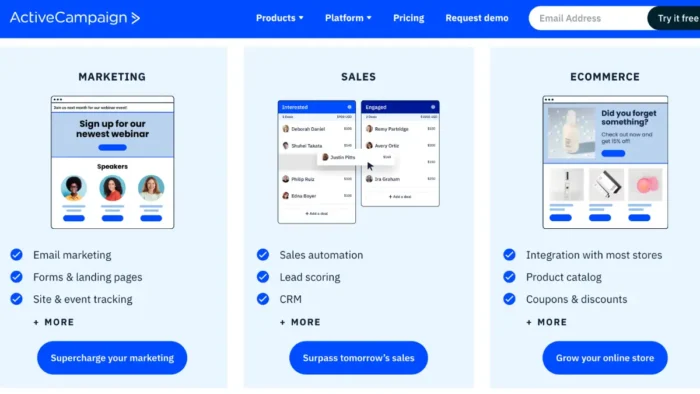Do you feel like you should be doing more to give your business a chance to compete in a global market? So does Gabriella Sannino, an international SEO consultant and president of Level343.
As a Middle East-bred Italian citizen who now leads her team at her San Francisco-based firm, there’s no doubt that she knows a thing or two about going global. Recently, she shared her insights about what businesses should be doing in that regard.
Why is International SEO Important?
Do you provide services or products that can appeal to anyone across the globe? Then it’s the high time you adopted an international SEO strategy. The ability to draw in visitors from foreign markets will boost your SEO profile both locally and on a worldwide scale. There’s also the potential to grow your revenue thanks to those who’ll feel charmed enough to progress down the sales funnel.
Obviously, you’ll need to make some changes to your site to create a better experience for your international visitors. This goes together with conducting regular SEO audits to check the effectiveness of your strategy. As someone who continually helps businesses market themselves on a global level, Ms. Sannino recommends focusing on three key elements when handling the latter part. Here are three things to consider when conducting your next international SEO audit.
Related: The Challenges of Tapping Into an International Market
1. Keywords Should Be Checked for Appropriateness
Keywords are of course the backbone of all things SEO, but here’s the deal: A translation tool simply can’t cut it when it comes to maximizing your international search visibility. Many times your keyword phrases perform well in your home country, but that doesn’t mean that they’ll work when translated to another language. Besides, translation tools aren’t known to take colloquialisms into consideration. Which means you can’t trust them to yield accurate, or rather, appropriate keywords.
Long story short is that all international SEO audits must involve keyword research. Think of this as a scaled-up version of what you did in your local SEO campaign, except that you’ll be developing a keyword list for each market you’re aiming at. Here’s how to go about it:
- Engage with native speakers from each of your targeted countries
- Study up the local scenes to identify areas where you’re more likely to make an impact, of course, while taking into account potential competitors
- Be sure to factor in local search engine preferences when conducting keyword research. Google might be popular across the globe, but don’t forget that it isn’t accessible to all global populations.
2. Are the Website Page URLs Optimized Correctly?
There are three kinds of link structures that can be used to target international audiences. This includes country-coded top-level domains (ccTLDs), subdomains, and subdirectories. Here’s how each of them is perceived by search engines:
- Country-coded top-level domains show search engines that your website is set up to serve users in the countries you’re targeting. Although this domain type offers the best geo-localization signals, it’s only suitable if there are enough resources to build and maintain ccTLDs for each one of your country versions.
- Country-coded subdirectories are less visible to search engines compared to ccTLDs. Nonetheless, this option will still get the job done if they’re correctly targeted towards their relevant country/language.
- With subdomains, each version of your website will be hosted in its respective country. This option is less complex – and therefore cheaper to build and maintain – compared to the rest. However, the technique has been so heavily abused in the past that search engines now view subdomains with suspicious eyes.
Whatever you choose, make sure to hierarchically organize all versions of your website to enhance crawlability and intuitiveness.
3. Ensure the Website is Designed for Locals
The preferred means of accessing the internet vary from one part of the globe to the next. It’s thus important to check if each country’s version of your website adheres to the local user experience rules. It’d also help to consult with native specialists to ensure the design elements are culturally appropriate.



